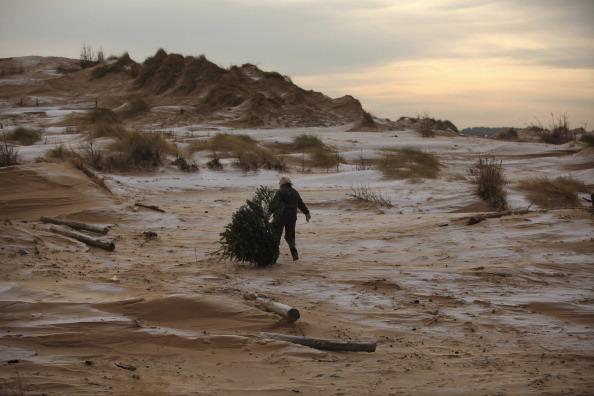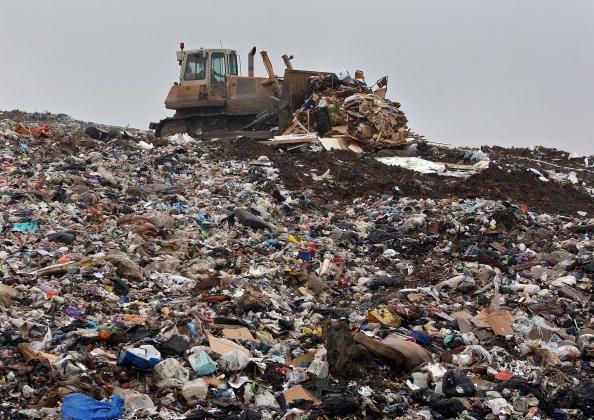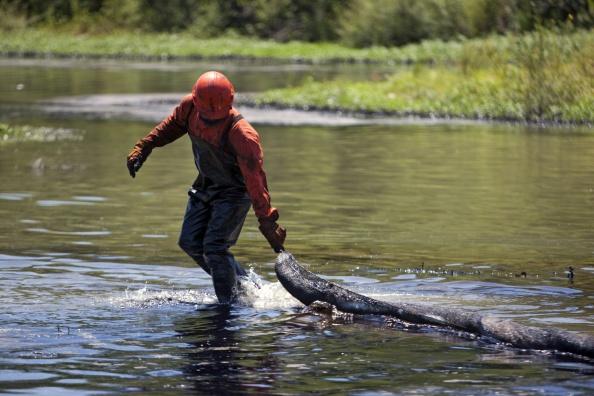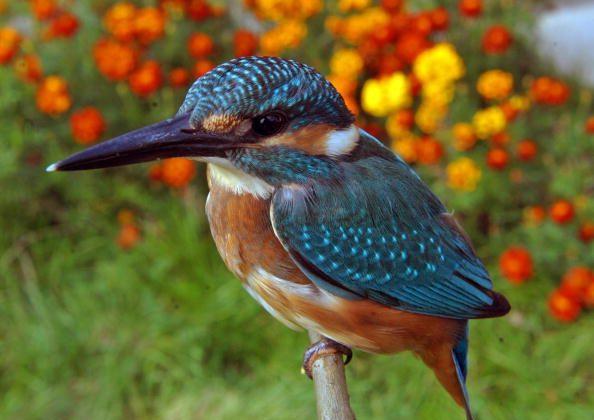Just because Christmas is over doesn’t mean your tree has outlived its usefulness. Give your tree a second life by recycling it.
Many towns and cities have Christmas tree pick up recycling programs. If your area doesn’t have one you can deconstruct the tree for personal use or identify a nearby tree recycling drop off site.
Here are some “second-life” options for your beloved tree:
Use Your Excess Tree Parts to Improve Your Garden
There are many ways that a deconstructed pine tree can get your garden into top shape for the spring. Heavy pieces can be used in compost and tiny branches can be used as mulch, or to protect you flower beds from the winter. Pine needles will also help the soil retain moisture.
Use Discarded Branches To Make “Natural” Bird Feeders
Coat a branch with peanut butter and bird seed to make a simple feeder for flying winter residents.
Use Trees To Improve Your Fish Pond
A sunken Christmas Tree provides excellent hiding habitat for fish in a fish pond.
Feed The Goats
Goats can “clean” a Christmas tree at an alarming speed!
Donate Your Tree To A local Mulching Program To Improve Local Parks
Many US cities ( like NYC, Chicago, Atlanta, and Los Angeles) have programs where you can drop off your unwanted trees and the city will reuse them to mulch public parks.
Discarded Trees Can Be Used To Prevent Erosion
States like Louisiana and New Jersey use discarded trees to prevent erosion from the Ocean.
PS. Make sure to remove all decorations before recycling your tree, there are no environmental benefits to tinsel!
This article was originally written and posted by Maddie Perlman-Gabel, a contributing writer for Environmental News Network (www.enn.com). For the original article and more information, please click HERE.




Friends Read Free